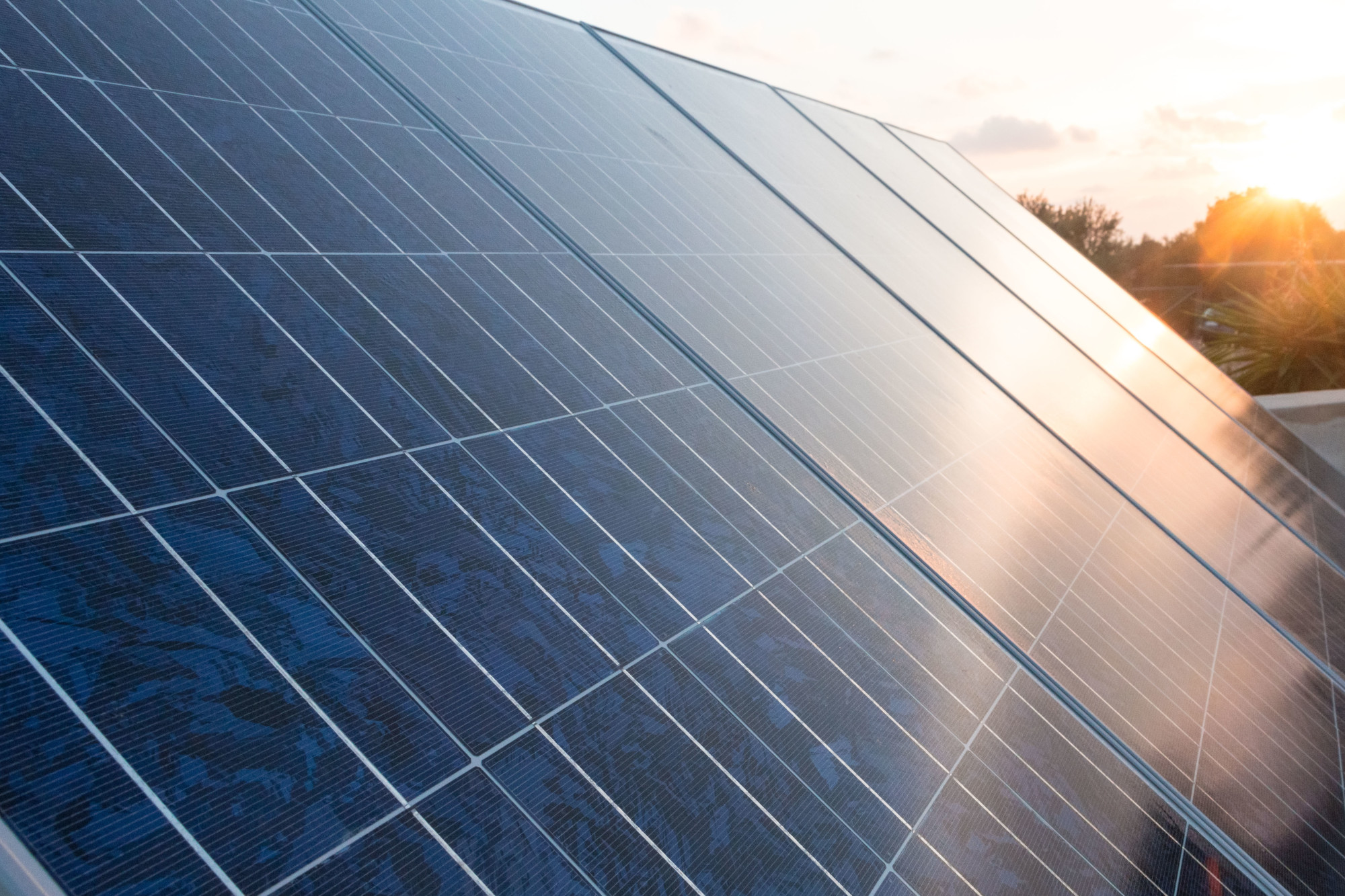
Solar power is more prevalent, accessible, and affordable in the United States than it ever has been before. According to the Office of Energy Efficiency and Renewable Energy, the U.S. solar power capacity can power the equivalent of eighteen million average U.S. homes.
While you’ve likely heard about the benefits of solar energy, you might not be familiar with how exactly solar panels work.
The science behind solar panels might seem complex at first, but it’s actually fairly easy to understand. By converting the energy of the sun into electricity, solar panels can help us harness the power of this powerful natural resource.
How do solar panels work, exactly? Let’s take a look at what you need to know.
What Is Solar Energy?
Solar energy is a resource that is derived from the sun. As opposed to other types of natural resources, the energy of the sun cannot be depleted and therefore is considered a renewable energy source. So long as the sun is shining, (and if it’s not, we have bigger problems to deal with) solar energy will likely be seen as the ultimate renewable energy source.
Solar power is when energy from the sun is converted into electrical or thermal energy. This is the most abundant and cleanest renewable energy source that is available. Solar technologies can utilize this energy for a number of different uses, including providing light, generating electricity, creating a comfortable interior environment, and heating water.
How Do Solar Panels Work? The Basics
Solar panels are also known as solar photovoltaic (PV) panels. These panels transform light from the sun into electricity that can be used. Before we get into the nitty-gritty about solar PV cells, let’s look at the basics that you need to understand about how solar panels work.
When sunlight strikes solar panels, an electric field is created. The electricity that is generated flows into a conductive wire at the edge of the panel. The electricity is been brought to the inverter by the conductive wire, where it is converted into AC electricity from DC electricity, which is what is used to power homes and buildings.
This AC electricity is then transported from the inverter by another wire. It travels to the breaker box, which is the electric panel on the property. The electricity is then distributed as needed throughout the building.
When electricity is generated but is not needed right away, it flows through the utility meter and into the electrical grid. When this occurs, the meter runs backward and therefore gives credit to your property for generating excess electricity. Another option for dealing with excess electricity, particularly for off-grid setups, is to store the excess electricity in a battery system to be used at a later time.
Now that we have established the basics of how solar electricity is generated, we can take a closer look at how solar photovoltaic panels work.
Follow this link if you’re interested in learning more about solar power for business.
Solar PV Cells: The Science
Photovoltaic is the word that implies that something can transform sunlight into electricity. Solar panels are made up of tons of small photovoltaic cells. They are made out of materials that are semi-conductive, such as silicon, which can maintain the electrical imbalance necessary to create an electric field and conduct electricity at the same time.
At the point when sunlight hits the solar PV cells semi conductor, photons are absorbed. This knocks a number of electrons tree which then are floating freely in the PV cell. The cell is designed specifically with semi conductors that are both positive and negative sandwich together in order to help create an electric field.
Because of the creation of this electric field, the just electrons are forced to move in a specific direction. Distraction is towards the conductive metal plates that are lining the cell. The slowing of electrons is referred to as an energy current, and how much electricity cell can produce depends on the strength of the energy current.
The current will then be directed into wires once loose electrons hit the metal plates. This allows electrons to move in the way that they would for any other type of electricity generation.
As an electric current is generated by the solar panel, the energy goes to an inverter through a series of wires. Solar panels generate DC, or direct current electricity. However, most consumers of electricity need alternating current (AC) electricity in order to power their homes and buildings.
The inverter is what transforms electricity from DC to AC and makes it possible to use this form of energy for everyday purposes.
Once electricity has been converted into AC power, it heads to the electrical panel from the inverter. It can now be used to power appliances, lights, and other electrical devices using the power of the sun.
Buying Solar Panels: Is It Right For You?
Now that you know the answer to “how do solar panels work?” you might be wondering whether or not solar energy is a good solution for your home. The answer to this question depends on a number of different factors.
You will want to:
- Review your electric bill
- Evaluate your sunlight exposure
- Estimate the cost of installing residential solar panels
This will help you understand whether or not it is a worthwhile financial investment for your property.
Did you find this article on solar panel science interesting? If so, be sure to check out the rest of our blog for more fascinating and informative content!
Leave a Reply